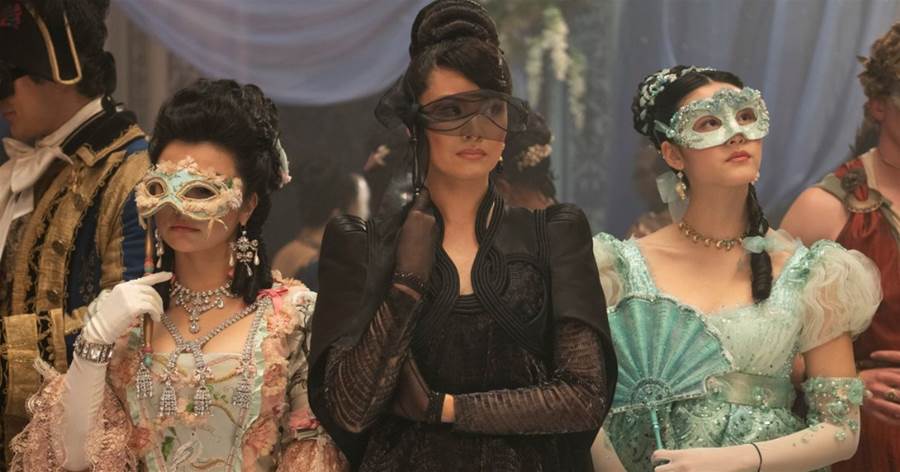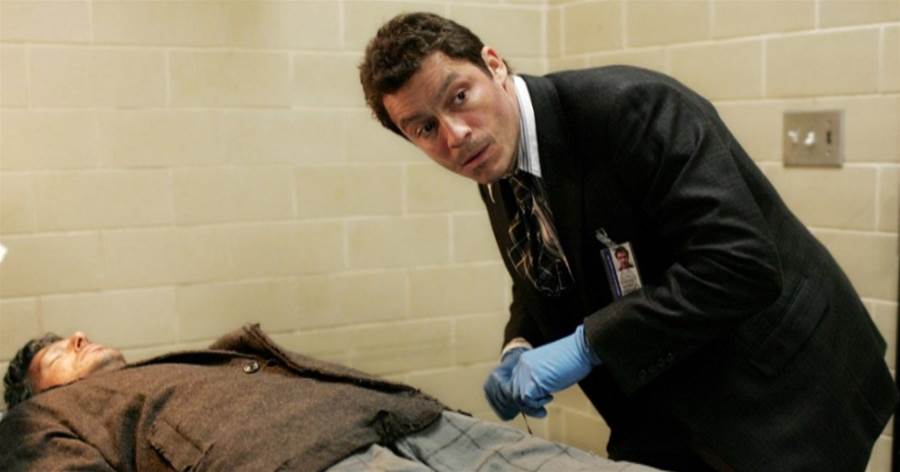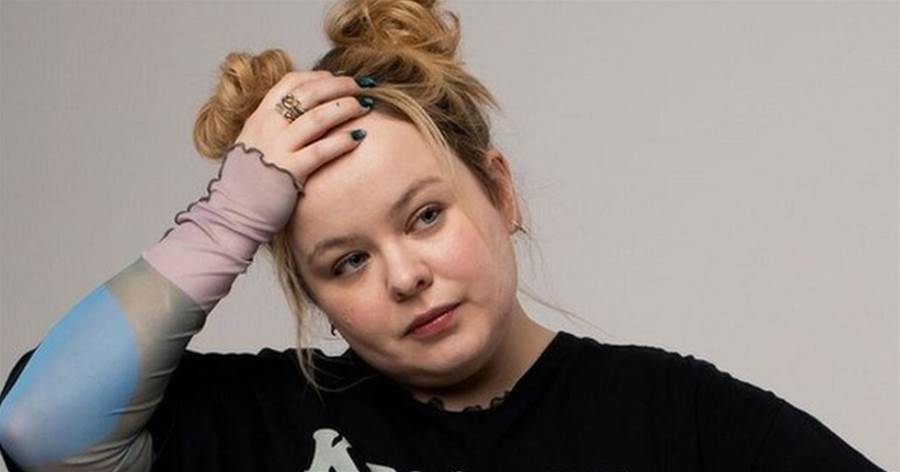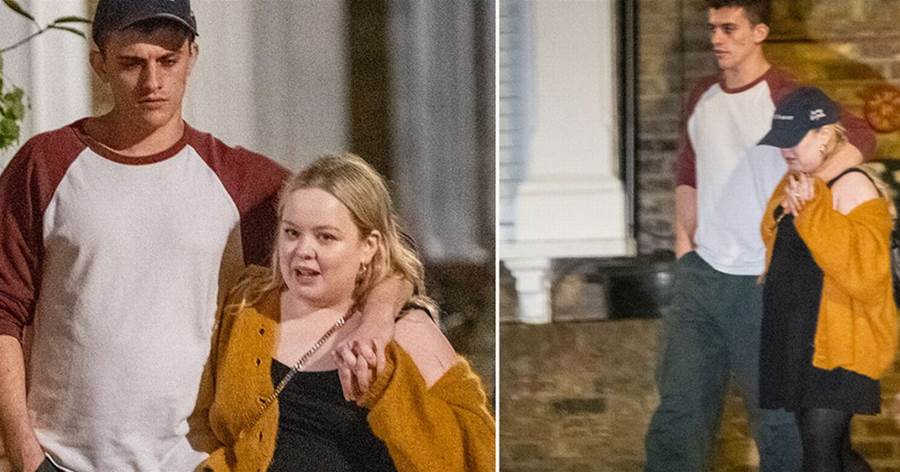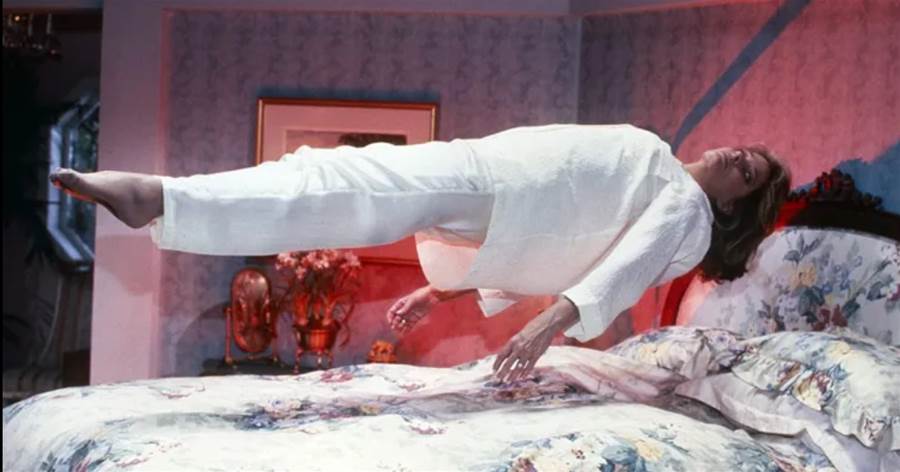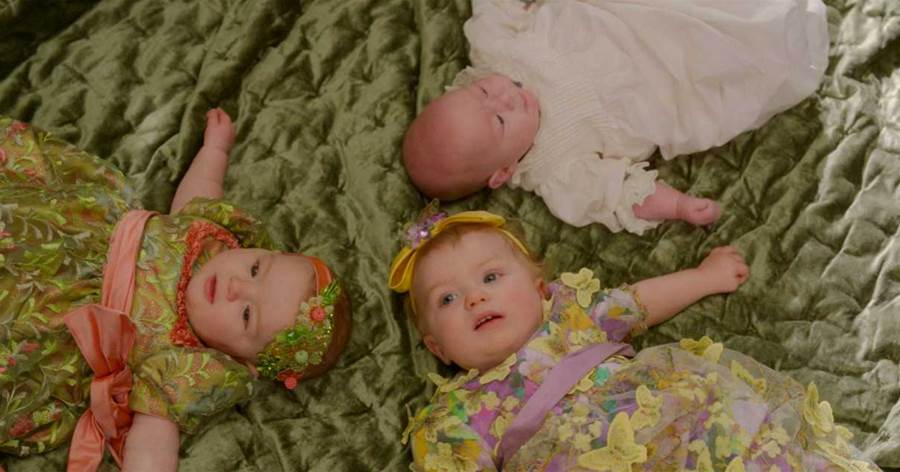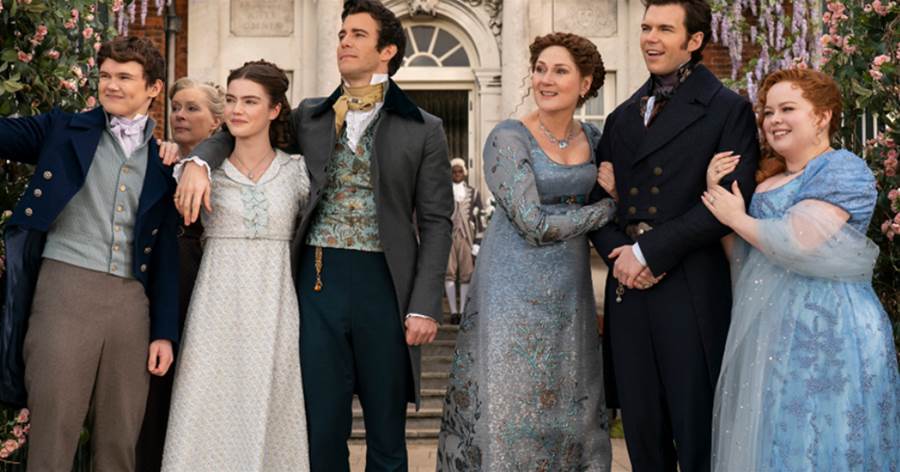
This article discusses the process of creating a realistic pencil portrait drawing on Canson Grey Toned paper. The author provides a timelapse video of the drawing as it progresses, showcasing the different stages involved in creating a detailed and lifelike portrait.
The artist begins by explaining that the choice of paper is crucial for achieving a realistic look. They prefer to work with Canson Grey Toned paper because it provides a mid-tone background, which helps in establishing the overall values and contrasts of the drawing.
The article is not finished. Click on the next page to continue.
The article is not finished. Click on the next page to continue.
Next page